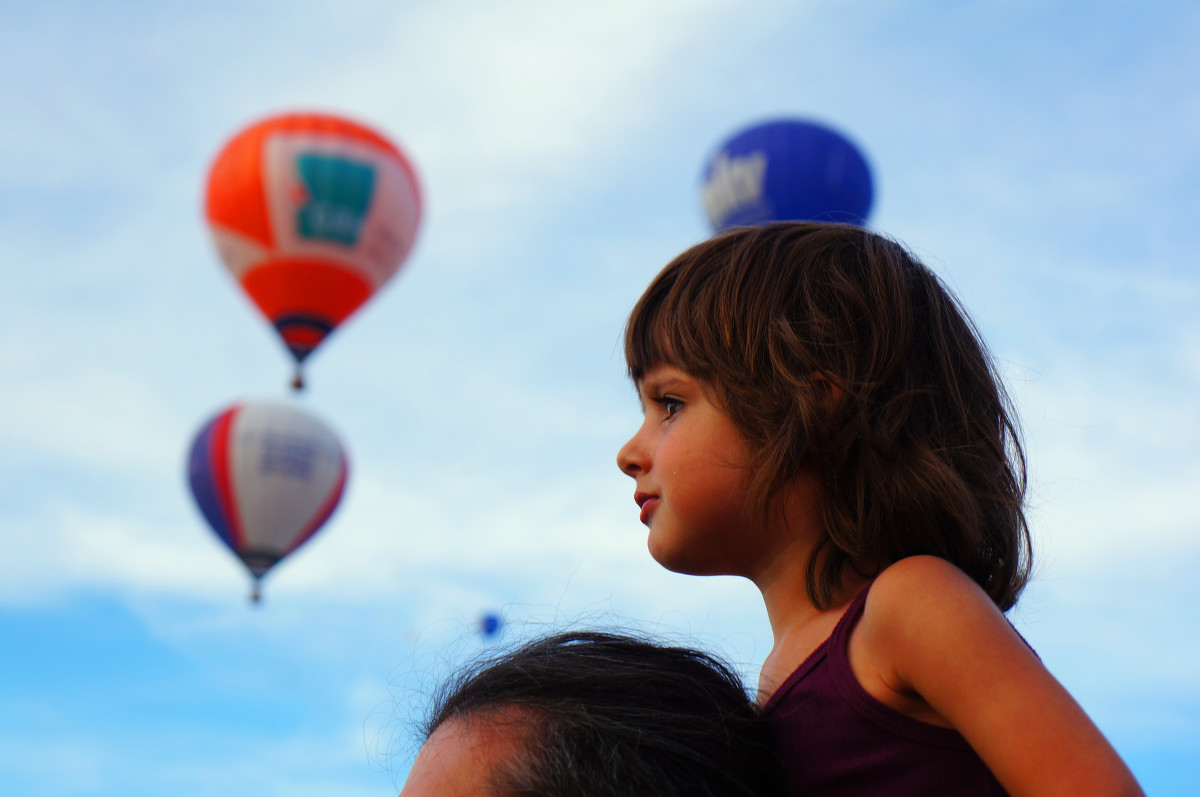- Home
- Hearing Loss
- Hearing Aid Use And Care
Hearing Aid Fittings for Children
2020-10-30 Most people assume that hearing loss is a condition for the aging population.However, the fact is, hearing loss isn’t limited to older individuals. According to the Centers for Disease Control and Prevention (CDC), between two and three of every 1,000 children in the U.S. are born deaf or with some degree of hearing loss. Even more children will develop hearing loss later as a result of infection, medication, genetic predisposition or due to noise-induced hearing loss.

A child will be diagnosed with hearing loss through a series of testing with an audiologist. They will be able to determine the type and degree of hearing loss and suggest solutions, such as hearing aids, to help the child hear better.
Upon selecting hearing aids, a child will return to the audiologist for a hearing aid fitting. Hearing aid fittings, while time-consuming, are often exciting for children and parents. The one-to-two hour appointment often provides the first opportunity for a child, especially one born with hearing loss, to hear his or her parents’ voices for the first time.

What to expect at a hearing aid fitting
During the hearing aid fitting, the audiologist will make sure all components of the hearing aid fit comfortably and snugly. The audiologist will spend most of the time programming the hearing aids for their specific hearing loss. To program the hearing aids, the audiologist will ask your child to respond to sound sent through the hearing aids. Your child’s response will determine if the right amplification is going into the hearing aid. Verification tests show whether loud sounds aren’t too loud, soft sounds are loud enough and average sounds are comfortable to the ear.
Your child’s audiologist will schedule multiple follow-up appointments as they grow. These follow-up visits will monitor the function and fit of the hearing instrument, since the child’s ear canal grows quickly.

Adjusting to hearing aids
Hearing sound for the first time requires a big cognitive leap for young children. As such, a child’s brain need time to adapt to the new sounds it hears. Depending on the age of your child, they may benefit from speech and language therapy to catch up with kids their age.
The American Speech-Language-Hearing Association (ASHA) explains how “critical for the development of speech, language, communication skills and language.” While developing hearing loss at a younger age puts a child at more risk for developmental delays, the earlier hearing loss is identified and intervention is put into place the more likely the child will return to developmental levels with their peers.
Latest
- 4 Essential Communication Rules for Family Members of Hearing Aid Users
- Hearing Aid "Break-In Period": Say Goodbye to Discomfort, Hello to Clear Sound
- The ultimate guide on how to choose hearing aids for seniors
- In addition to performance, how do parents choose children's hearing aids?
- Hearing Care Professional: How Do You Maintain Your Hearing Aids Regularly?
Hearing Aid Use And Care













All 0 comments